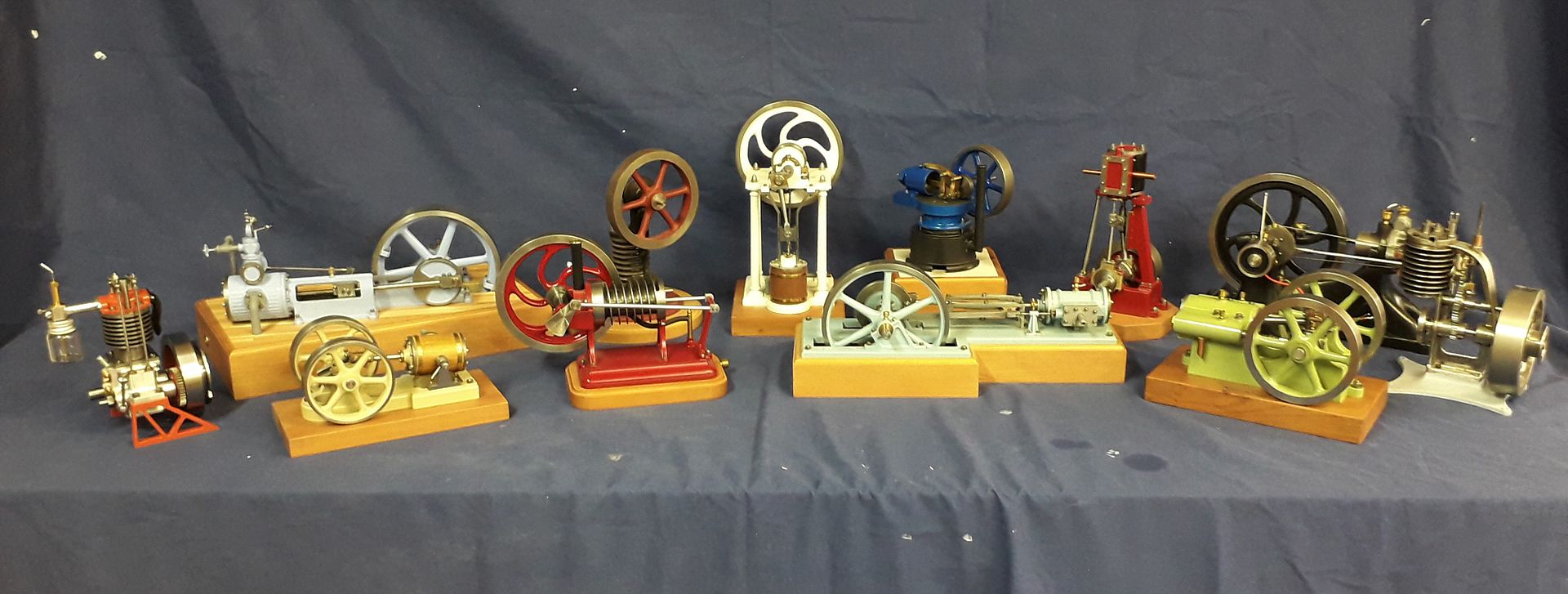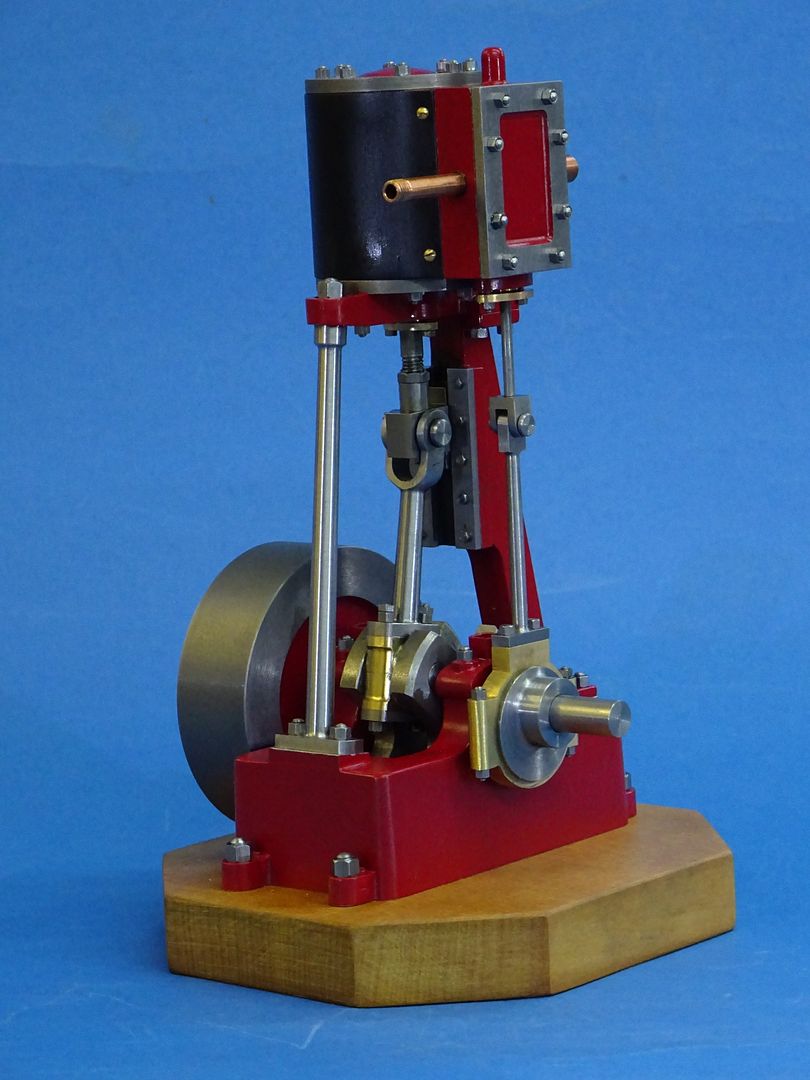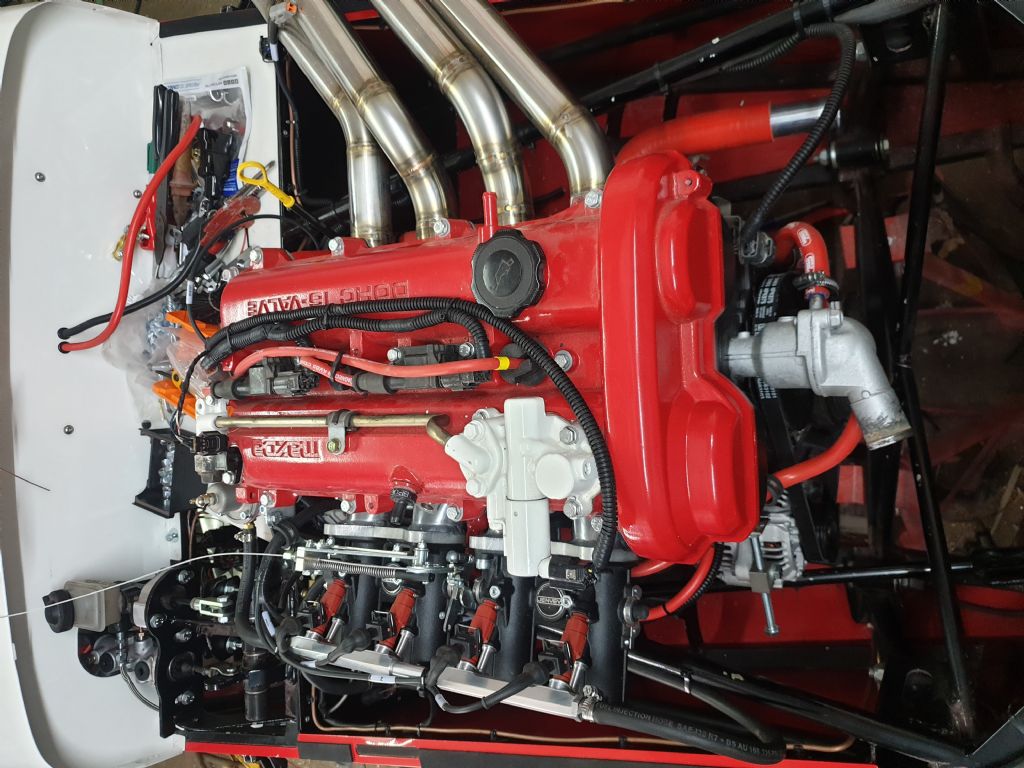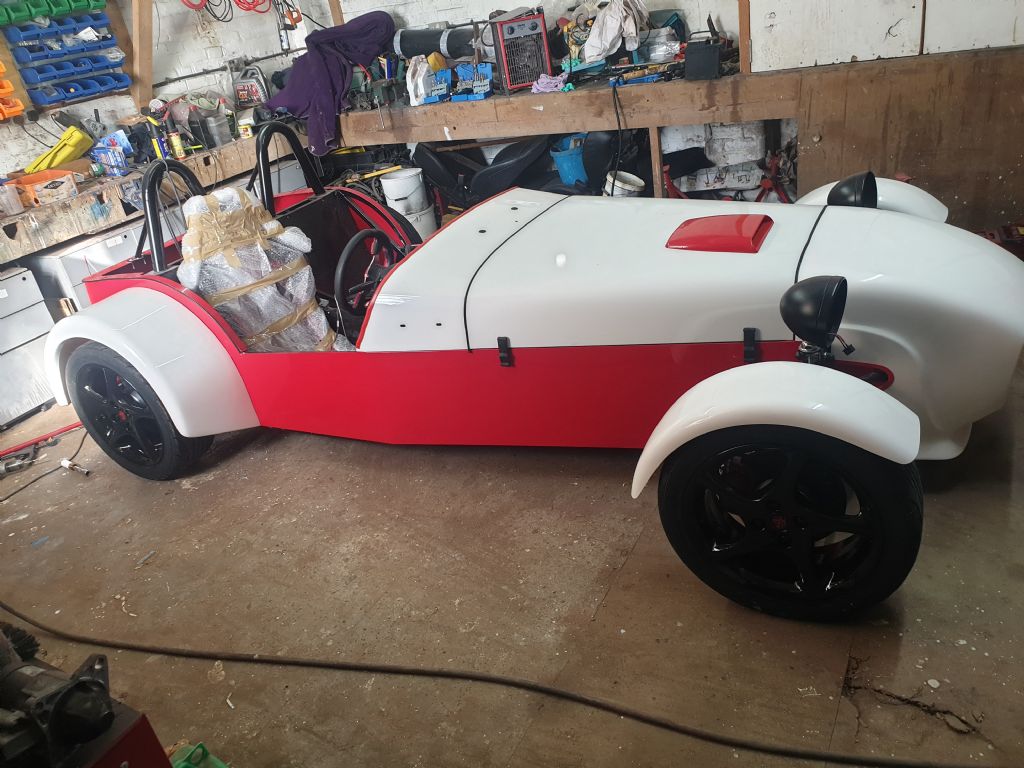From my experience here in NZ, the Stuart castings do come up from time to time in club auctions, but rarely as an unstarted set. Such a set would naturally be worth about new price anyway. I've picked up 3 over about thirty years, all unmachined but also all incomplete. The most complete was a double ten, with no cylinders, although otherwise all the major bits were there. I got the reversing gear kit separately, and also the feed pump, which I haven't added yet. With the double ten I also got some of a number 1, no flywheel or cylinder, most of the bits were missing and the column was actually a faulty casting, but it did not seem reasonable to ask Stuart to replace something that might have left them forty years before. I was able to correct that.
The last one is a triple, where I picked up just the baseplate for about $1 in a box of junk at a club auction. I've machined the rest from stock material.
What is more usual though, is that a partly machined set will come up at a club auction, generally from a deceased estate. I haven't done any of these, but a friend has. They are harder to deal with than a new set, since the reason they have been abandoned part way through is that things have not been going well. It can take a lot of work correcting misplaced holes and other machining errors, not a project for a beginner.
In some ways, a number 1 size engine is a better bet for a learner than a number 10, provided the machines available are big enough. The larger size is probably a bit easier to deal with. I don't know about recent production, but one problem with Stuart castings is that often there is very little machining allowance. By the time you have the faces cleaned up it may well be under the nominal size. This is OK so long as you know how to compensate elsewhere.
John
 Bazyle.
Bazyle.







